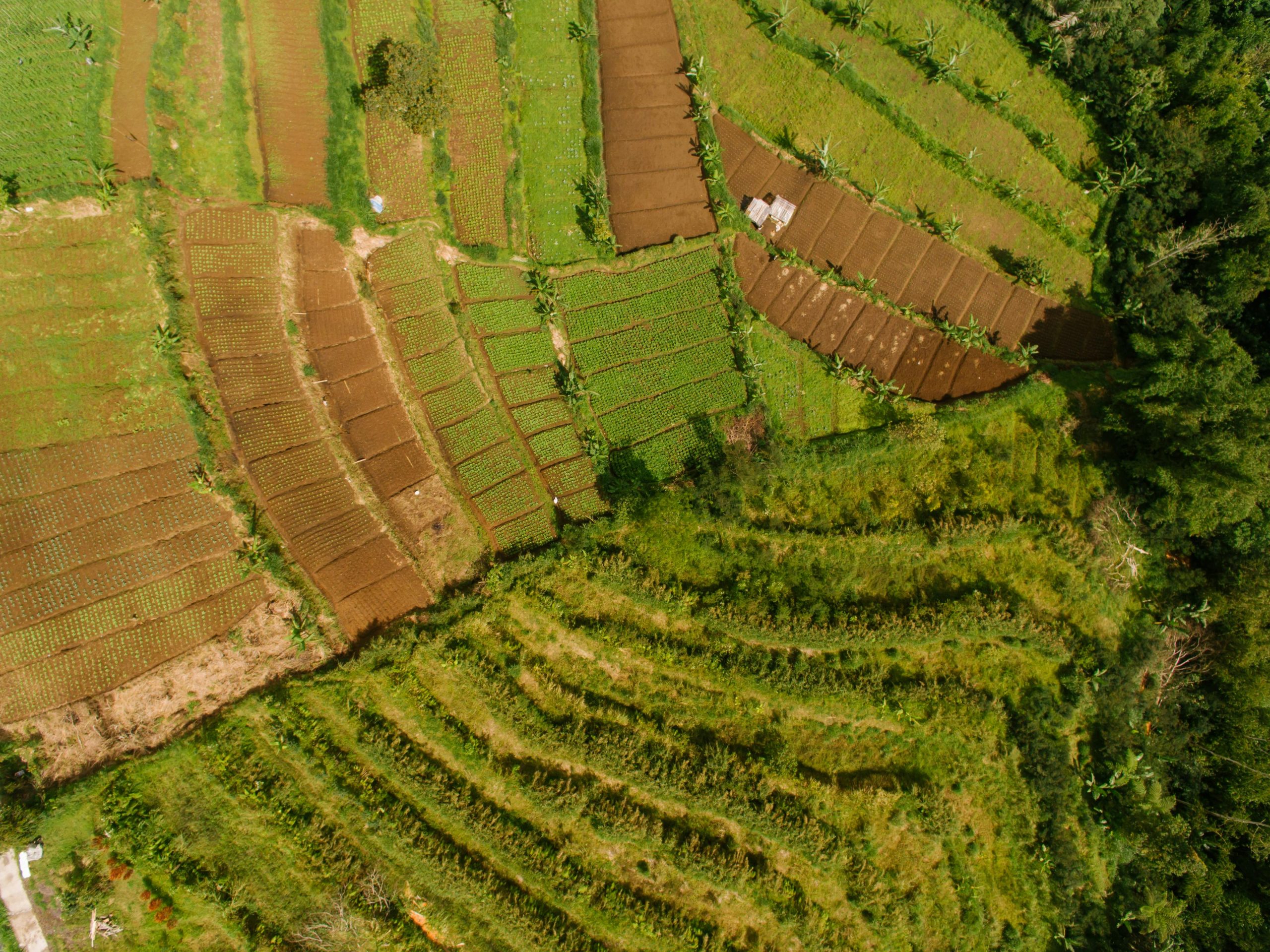Farming has come a long way from traditional plows and manual labor. Today, technology is transforming agriculture, and drones are at the forefront of this revolution. These unmanned aerial vehicles (UAVs) are no longer just for photography or recreation—they’re powerful tools that help farmers increase efficiency, reduce costs, and maximize yields. Whether you’re a small-scale farmer or managing vast fields, drones can provide valuable insights and streamline operations. This beginner’s guide explores how drones are changing agriculture and how you can leverage them for your farm.
Why Drones Are a Game-Changer for Farmers
Drones offer farmers a bird’s-eye view of their fields, enabling them to monitor crops, assess soil health, and detect issues early. Unlike traditional methods, drones provide real-time data with incredible precision. Here’s why they’re indispensable:
- Efficiency: Cover large areas quickly without manual labor.
- Cost Savings: Reduce the need for expensive machinery and excessive pesticide use.
- Data Accuracy: High-resolution imaging helps identify problems like pests, diseases, or irrigation issues.
- Sustainability: Optimize resource use, minimizing water and chemical waste.
By integrating drones into farming practices, growers can make informed decisions that boost productivity and sustainability.
Types of Drones Used in Agriculture
Not all drones are created equal—different models serve various agricultural purposes. Here are the most common types:
Fixed-Wing Drones
These resemble small airplanes and are ideal for large farms due to their long flight times and ability to cover vast areas. However, they require more space for takeoff and landing.
Multi-Rotor Drones
Quadcopters and hexacopters are popular for their stability and ability to hover, making them perfect for detailed crop inspections and precision spraying.
Hybrid Drones
Combining features of fixed-wing and multi-rotor drones, hybrids offer versatility for both large-scale mapping and close-up inspections.
Choosing the right drone depends on your farm’s size, budget, and specific needs.
Key Applications of Drones in Farming
Drones are versatile tools with multiple applications in agriculture. Here’s how they’re being used:
Crop Monitoring and Health Assessment
Equipped with multispectral or thermal cameras, drones capture images that reveal crop health. By analyzing vegetation indices like NDVI (Normalized Difference Vegetation Index), farmers can spot stressed plants before visible symptoms appear.
Precision Spraying
Drones with spray systems can target specific areas, reducing chemical usage by up to 30%. This minimizes environmental impact and lowers costs.
Soil and Field Analysis
Drones generate 3D maps to assess soil quality, moisture levels, and erosion patterns. This data helps in planning planting strategies and irrigation systems.
Livestock Monitoring
Drones can track livestock movements, check fences, and even locate missing animals, saving time and labor.
These applications demonstrate how drones enhance precision farming, leading to smarter decisions and better outcomes.
Getting Started with Agricultural Drones
Ready to incorporate drones into your farming operations? Follow these steps:
- Research and Select the Right Drone: Consider factors like flight time, payload capacity, and camera quality.
- Understand Regulations: Check local laws regarding drone usage, as many regions require licenses or permits.
- Invest in Training: Learn to operate the drone and interpret the data it collects.
- Start Small: Test the drone on a small section of your farm before scaling up.
- Analyze and Adapt: Use drone data to refine farming practices and improve yields.
With the right approach, drones can become an invaluable part of your agricultural toolkit.
Conclusion
Drones are revolutionizing agriculture by providing farmers with unprecedented insights and efficiency. From crop monitoring to precision spraying, these tools empower growers to make data-driven decisions that enhance productivity and sustainability. While adopting drone technology may seem daunting, starting small and gradually integrating it into your workflow can yield significant benefits. As the agricultural industry continues to evolve, drones will undoubtedly play an even bigger role in shaping the future of farming. Embrace this technology today, and take your farm to new heights.
